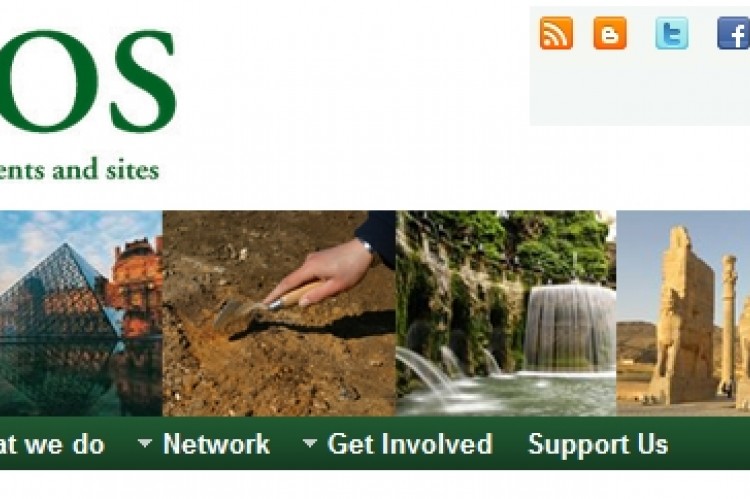May
15
2012
By Finn
1 min to read
 Introduction
Introduction
I get frustrated by talk show radio when people formulate opinions and profess them passionately without seemingly any prior thought or background knowledge. I always react positively to passion but the lack of solid underpinnings bothers me. Luckily in my work life both in archaeology with Eachtra and in historic graveyard conservation and promotion with the Historic Graves project there are solid theoretical foundations for what we do.
ICOMOS
Experts in the field of conservation and protection of cultural heritage places are represented by ICOMOS a global non-governmental organisation associated with UNESCO which is dedicated to promoting the application of theory, methodology and scientific techniques to the conservation of architectural and archaeological heritage. Its work is based on the principals enshrined in the 1964 International Charter on the Conservation and Restoration of Monuments and Sites – The Venice Charter.
The ICOMOS mission is to promote the conservation, protection, use and enhancement of monuments, building complexes and sites. A series of Charters, Resolutions and Declarations give solid theoretical underpinnings to its mission. The charter which outlines the conservation principles most suitable to an historic graveyard is the Burra Charter: The Australia ICOMOS Charter for Places of Cultural Significance 1999. The Charter outlines the principles behind conserving and maintaining a place of cultural significance without inadvertently destroying its cultural significance.
 Care and Conservation
Care and Conservation
As we have outlined in a previous post on management plans these principles formulate the thinking behind the best practice for the care and conservation of historic graveyards. A list of works which should and should not be carried out at historic graveyards was formulated by the National Monuments service in its booklet on the Care and Conservation of Graveyards. The National Monuments Act 1930-2004 is the primary legislation that provides legal protection to recorded monuments that are listed in the Record of Monuments and Places. The Heritage Council publication Guidelines for the Care Conservation and Recording of Historic Graveyards is based solidly on these theoretical underpinnings. These guidelines are written in to the Historic Graves project methodology. The survey methodology and care and conservation guidelines advocated by the the Historic Graves Project then are ultimately based on the principals expounded by the Burra Charter.
 Tourism
Tourism
As we have outlined in our project booklet The Historic Graves Project are currently developing tourism related products based around historic graveyards. We are developing participative tourism experiences through a series of Historic graveyard trails. The promotion of Historic Graveyards as tourist destinations and their interpretation is based on the principals outlined in another ICOMOS charter on the Interpretation and presentation of cultural Heritage Sites.
Conclusion
The theoretical underpinnings of our work on the Historic Graves Project allow us to passionately outline our views in the knowledge that they are backed up by the accumulated expertise of our profession.
Blog category:



